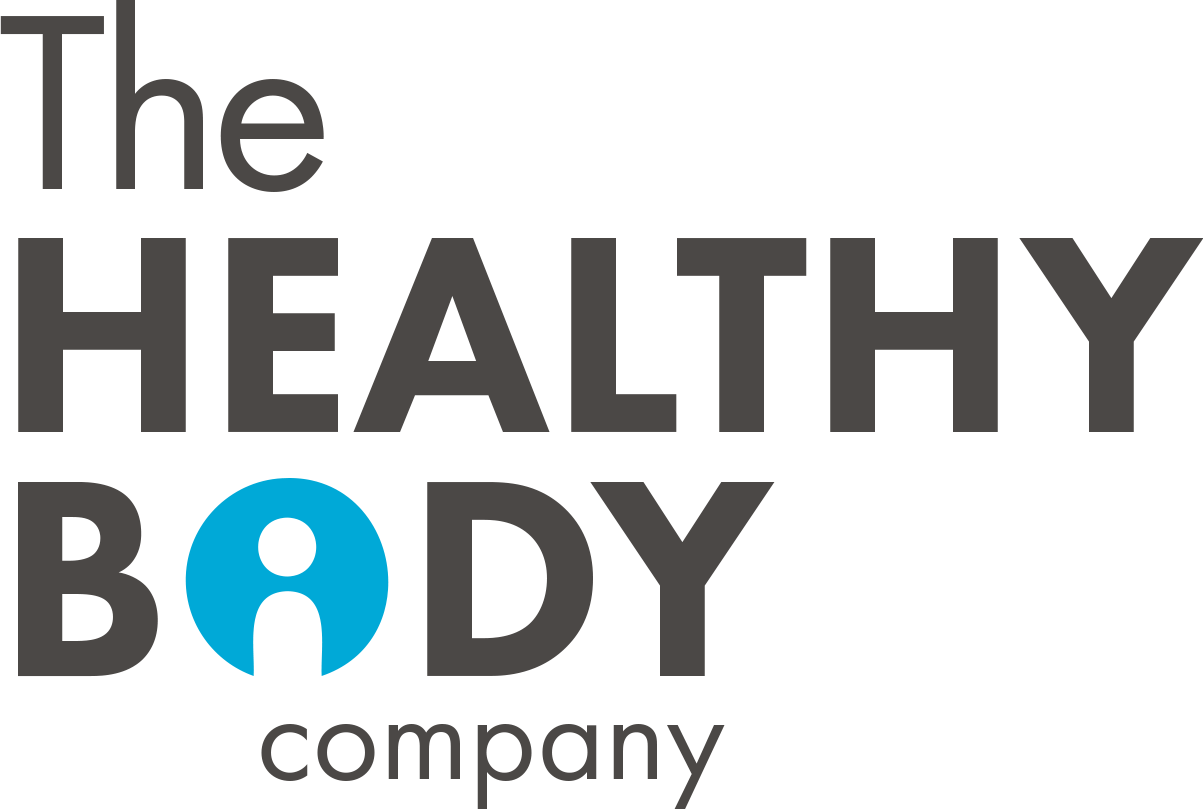
Performance at the highest level in sport requires careful load and risk management to avoid injury for several crucial reasons:
Elite-level competition often involves intense physical demands on the body, including rapid acceleration, deceleration, changes in direction, high-impact or repeated impact activities. The repetitive nature of certain movements or the volume of training required can put strain on specific muscles and joints, making them more susceptible to injury.
High-performance athletes often engage in rigorous training regimens to enhance their skills and physical attributes. The intensity and frequency of these training sessions can lead to fatigue, and if not managed properly, fatigue can compromise form and increase the risk of overuse injuries.
Recovery is a critical aspect of athletic performance, and insufficient recovery time can contribute to overtraining and increased vulnerability to injuries. Proper load management includes incorporating adequate rest days, varying training intensity, and ensuring athletes get enough sleep and nutrition for effective recovery.
Athletes vary widely in their physical abilities, injury history, and response to training loads. What may be an appropriate training volume for one athlete could be excessive for another. Load and risk management strategies need to be tailored to individual needs and capabilities to reduce the likelihood of injuries.
Over time, the cumulative stress on the musculoskeletal system can lead to overuse injuries. Continuous exposure to high loads without adequate recovery can result in microtrauma that, when not addressed, may develop into more serious injuries over the course of a season or career.
Consistent exposure to high physical and psychological stress without proper management can contribute to athlete burnout. Burnout not only affects performance but also increases the risk of mental health issues and can lead to a decline in the athlete’s overall well-being.
A focus on sustainable, long-term athletic development involves balancing the pursuit of immediate performance gains with the preservation of an athlete’s health and career longevity. Effective load and risk management contribute to a more sustainable and successful athletic journey.
At The Healthy Body Company we are mindful that careful load and risk management are essential components of high-performance sports to optimise athletic potential, prevent injuries, and ensure the longevity and well-being of athletes at the every level. It requires a comprehensive approach that considers individual differences, recovery strategies, and the long-term impact of training on the athlete’s body and mind. A skilled physiotherapist can play an important role in supporting you to maintain the training loads that excellence necessitates.
We work with athletes and their support teams to ensure that they can continue to participate for as long as they choose to.
Reach out to our team if you have any questions.
